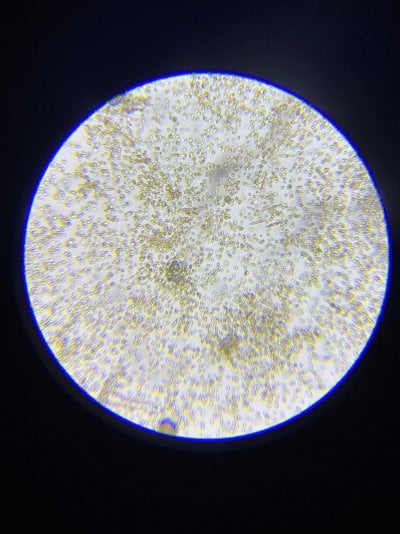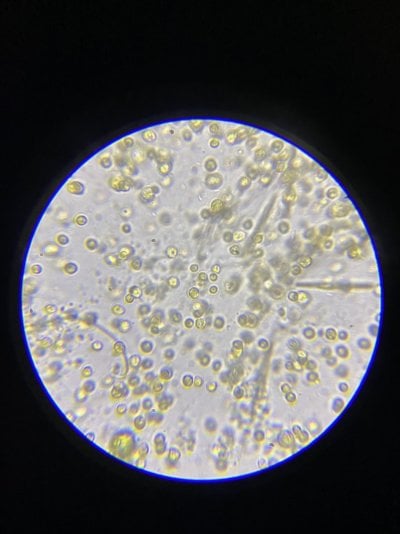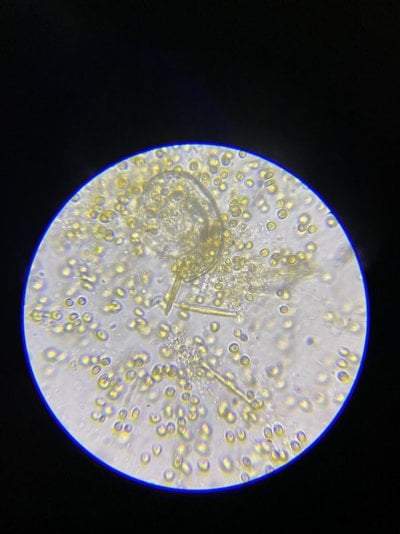- Joined
- Mar 12, 2019
- Messages
- 4,843
- Reaction score
- 3,621
Dealing with dinos is not a good moment to go for “Redfied ratios”. Dinos actually grow faster with the usually desired “above 20” ratios. Just keep nutrients detectable. If you have a very low ratio it is a bad moment to try to “fix” that, it will worsen the problem.
Oversized and slow UV is the solution you are looking for (Ostreopsis case).
If wou wish a deeper discussion on ratios:
https://www.reef2reef.com/threads/redfield-ratio-revisited-–-what-are-we-doing-wrong.742503/
I didn’t say it was?

























